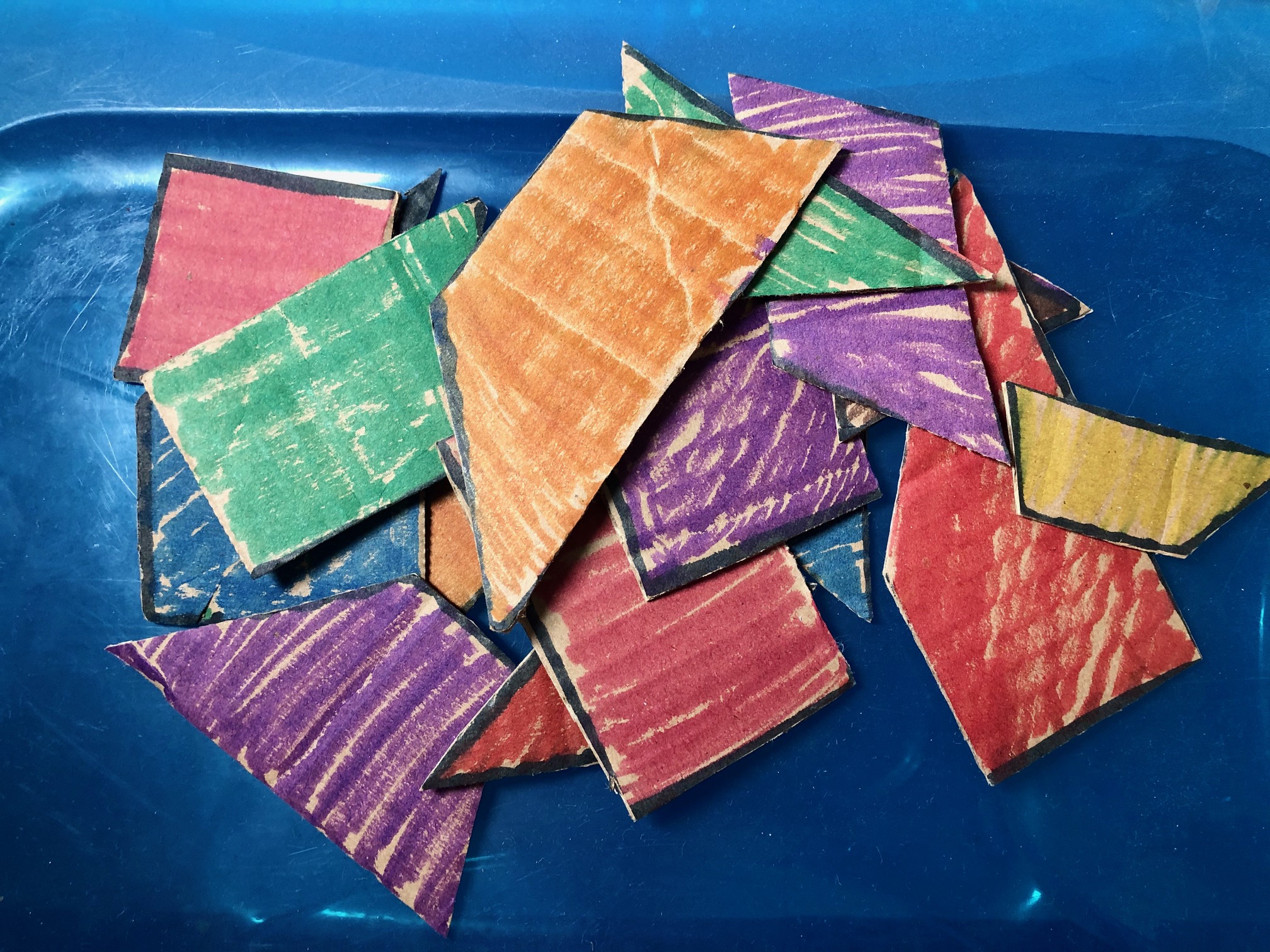This is a workshop my colleague and I hosted with parents at a local school. The following is the format/outline of the workshop and the points we covered all through casual but directed conversation and through fun activities.
Math + Literacy Early Literacy Workshop Outline:
Quick review:
What is early literacy? (Discussion)
Definition: Early literacy is what a child knows about reading and writing before they have the ability to read and write ex: scribbling with a crayon, recognizing shapes
5 Foundations of Literacy? (Discussion)
Read, Write, Talk, Sing, Play (I like to sing it to a beat, drum on table, helps us remember)
Major Talking Points:
- Count
- Point out shapes
- Talk about patterns & relationships
- Make music
Counting: How can we count at home?
- Grocery store (Ex: How many apples should we buy? How many apples should we buy if everyone in the house gets 1 apple?)
- While cooking: (Help with measuring, How many of X do we need you think?)
- General counting by sight: (counting steps, counting ppl on the street, counting stripes on a shirt, counting sidewalk cracks)
Shapes: How can we encourage our child to notice and acknowledge shapes?
- Easiest thing to do is point out shapes you see, maybe pick a shape of the day
- Can be done on train, at home
- Ask how do you know it’s X shape?
- Make it a game: Play “I spy” “I spy a green circle” (a traffic light?)
- Playing with shapes such as legos, tangrams, blocks, drawing and cutting shapes, tracing shapes to make a story
Patterns and relationships: How can we encourage our child to notice patterns?
- Recognize repetition (of lines, colors, shapes) great at the grocery store & clothing store
- Use math words to describe change (I am taller than I was last week!, I dumped blocks out of the bucket, then I put them back in the bucket when I cleaned up, this is the very beginnings of algebra)
- Where are patterns? On street, in bathroom, at stores, on clothing
- Finding all the squares in a book
- Sort blocks (by color, shape)
- Matching capital and lowercase letters
- Larger smaller
- Matching lids, bottle caps to containers
Making Music:
- Clapping to a beat helps children understand rhythm, numbers, patterns. Rhythm=pattern
- Read rhyming books
- Listen to music
- Sing songs (1,2, buckle my shoe, 5 little monkeys, 5 little ducks, really all songs have rhythm)
Song Break!
(I chose this song because it has a lovely rhythm, a built in word pattern [tick tock tick tock] and some numbers!)
Tick Tock
Tick tock tick tock I’m a little cuckoo clock
Tick tock tick tock now I’m striking 1 o’clock CUCKOO! (jump up and sit back down)
Tick tock tick tock I’m a little cuckoo clock
Tick tock tick tock now I’m striking 2 o’clock CUCKOO CUCKOO! (jump up and sit back down)
Tick tock tick tock I’m a little cuckoo clock
Tick tock tick tock now I’m striking 3 o’clock CUCKOO CUCKOO CUCKOO! (jump up and sit back down)
Tick tock tick tock now it’s time to STOP
General tips:
- Have natural discussions, not just questions and answer sessions
- Patience, math talk takes time!
Activity:
Two possible activities: Lego Time &/or DIY Tangrams
Legos & Discussion Time
Ingredients: Legos and that’s it!
- Making & recognizing patterns with legos
- Sorting legos
- Making shapes out of legos
- Counting legos
DIY Tangrams:

There are many places online where one can find printable tangrams and instructions for DIY tangrams with measuring and whatnot but I like to think of the simplest possible way to do things because I think that’s more realistic for parents, so here’s my short and sweet and super simple DIY tangram recipe!
Ingredients:
- Cardboard box
- Scissors
- Markers or crayons
Instructions:
- Draw shape outlines on box
- Color in each shape as desired
- Cut out each shape
- Make fun new shapes, designs and characters out of your tangrams!
This is a great activity to do together with a child and then continue to leave out on a table or the floor as an invitation to play.
Extension activities:
- Only color one side of shape and then play a “matching” game where child tries to match colors
- Close eyes and try to match shapes just by feel
- Add numbers to each shape and play number matching game
- Shape sorting, counting and pattern making
- Invite child to turn shapes into characters based on a story you have read